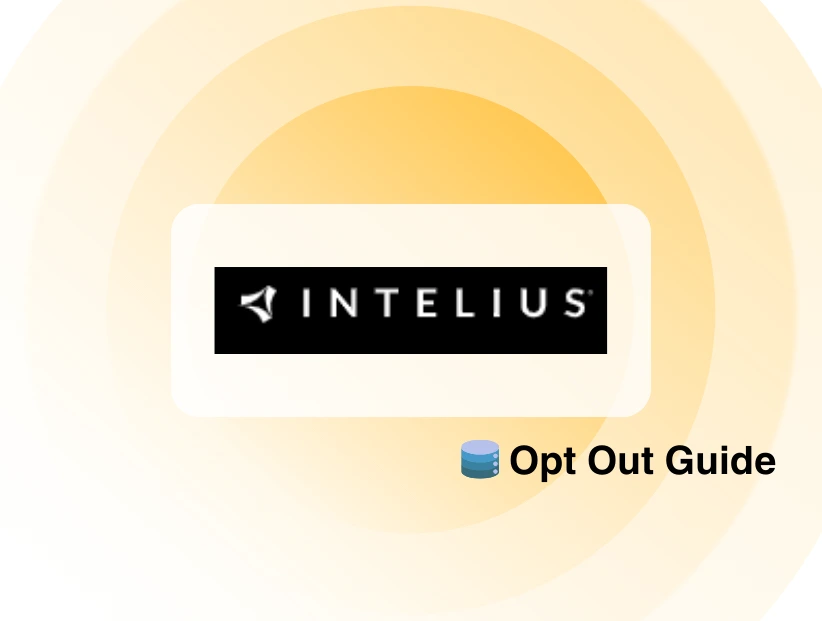Cybercriminals continue to exploit security weaknesses, endangering customer data in the financial sector.
A phishing attack has put 24,041 Reading Cooperative Bank (RCB) customers at risk, exposing sensitive personal information.
The breach, which remained undetected for months, occurred between August 8th, 2024, and January 31st, 2025. A bank employee unknowingly clicked on a phishing email, allowing unauthorized access to confidential customer records.
Let us break down the incident, potential risks, and what steps you should take to protect yourself.
What Happened in the Reading Cooperative Bank Data Breach?
RCB reported the security breach in a filing with the Office of the Maine Attorney General:
- A bank employee clicked on a phishing email that appeared to be from a trusted business partner.
- The attackers gained access to sensitive customer records, exposing personal information.
- The breach went undetected for nearly six months, increasing the likelihood of data misuse.
- Following the discovery, RCB implemented additional security to prevent further exposure.
Discover if Your Most Critical Identifiers Have Been Exposed on the Dark Web
Receive timely alerts and actionable insights with PurePrivacy's Dark Web Monitoring.
What Details Were Exposed?
A preliminary investigation indicates that the compromised data may include:
- Customer names and personally identifiable information (PII).
- Other undisclosed sensitive records.
While the full extent of the breach is still under review, customers are urged to take precautions to mitigate potential risks.
What Are the Risks of This Breach?
If your data was exposed in the Reading Cooperative Bank breach, you could be at risk for the following:
Phishing & Social Engineering Attacks – Cybercriminals may use stolen data to impersonate RCB and trick customers into revealing more information.
Financial Fraud & Identity Theft – Personal details can be exploited for fraudulent transactions or identity theft.
Regulatory & Legal Consequences – Financial institutions face increasing scrutiny, and non-compliance with data protection laws could lead to penalties for RCB.
What Should You Do If Your Data Was Compromised?
Data breaches do not just affect banks—customers must act swiftly to secure their information. Here’s what you can do:
Monitor Your Accounts – Go through your banking statements and credit reports regularly and check for any unauthorized activity.
Beware of Phishing Emails – Avoid clicking on suspicious links or downloading attachments from unexpected emails claiming to be from RCB.
Use Multi-Factor Authentication (MFA) – Enabling Multi-Factor Authentication (MFA) to your accounts can prevent unauthorized access.
Consider a Security Freeze or Fraud Alert – Customers concerned about identity theft can request a credit freeze or fraud alert with major credit bureaus.
How to Minimize Damage During Data Breaches
Every second counts—if your data has been exposed, take these immediate steps:
- Enable Multi-Factor Authentication (MFA) to enhance account security.
- Use Strong, Unique Passwords for different accounts to prevent further breaches.
- Watch out for Fraudulent Communications attempting to exploit the stolen data.
- Get real-time alerts if your data is found on hacker forums with PureVPN's dark web monitoring.
Enable PureVPN's Dark Web Monitoring
Here's how you can use Dark Web Monitoring and take action before it's too late:
- Install PureVPN on your device or update your existing VPN app.
- Visit the Members Area to get access.
- Go to Dark Web Monitoring from the main menu.
4. Select Add Assets to Monitor.
5. Add your email address, SSN, credit card number, passport number, and phone number.
6. Mention the code sent to your registered number, and you’re done.
7. Take the recommended steps if your data is part of a breach.
8. You can mark the breaches as resolved.
Frequently Asked Questions (FAQs)
-
Was the Reading Cooperative Bank breach a ransomware attack?

No, this breach was the result of a phishing attack rather than ransomware encryption or extortion.
-
How do I know if my data was affected in the RCB Breach?

RCB has notified the affected customers. If you haven’t received an official notice, it is still advisable to monitor your accounts for suspicious activity.
-
Can my data be used for financial fraud?

Yes, personally identifiable information (PII) can be used for fraudulent transactions, identity theft, and further phishing attempts.
-
What penalties could Reading Cooperative Bank face?

RCB may face regulatory scrutiny and potential fines if found to be non-compliant with data protection regulations. The bank has announced that it will enhance its cybersecurity framework to prevent future breaches.
On a Final Note
We need airtight cybersecurity measures in the banking industry. Customers must also remain vigilant and take the necessary proactive security steps. Cyber threats are on the rise; both financial institutions and consumers must stay ahead of evolving risks.
Take action today—secure your accounts, enable extra layers of protection, and always stay informed about cybersecurity best practices!




